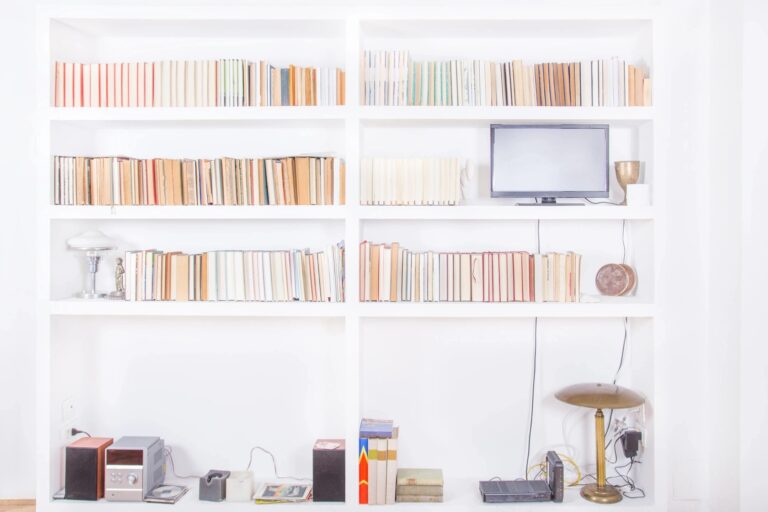I recently went through that unenviable task of cleaning out my mother’s home following her death. My mother was a collector. And she held on to so many things for their sentimental value. There was her wedding dress from 60 years earlier (she made it herself), a full length fur coat (not PC), three sets of fine china, not to mention silver serving pieces, depression glass, and many other antiquities accumulated over the decades. Oh – and a pair of plastic salt and pepper shakers she stole from Howard Johnson’s on her honeymoon.
Did you know that one of the most successful franchise businesses these days is storage units? No surprise there as our generations and those before us were accumulators and savers. I don’t know about you, but I don’t have unlimited storage space in my own home. And my kids, Gen Xers, are minimalists, living in studio apartments who don’t want “stuff.”
So what do you do with all those memories? The keepsakes. The collections. The sentimental treasures. Heck, I’ve been married 35 years and still have items that were given to us as wedding gifts that I’ve never even used. I just keep moving them across the country and storing them for “someday.”
First, it’s important to approach this type of situation with an organized mindset. At my mom’s house, I designated rooms as DONATE, DUMP, SAVE, and DECIDE. I purchased nice bins for the Save and Decide piles, boxes for the donate items, and trash bags for dump. It helps to be organized! I started with the most important and treasured items that I would later decide on – her wedding gown, fur, china, and important family papers, that were clearly worth saving, at least for awhile.
The easiest pile is probably the donate one. These were items that had no sentimental value but could help others, like clothing, cleaning supplies, linens, kitchen accessories, etc. The dump pile was a little harder. We hired junk haulers to come cart off a garage full of what we deemed was trash. Sadly, family photos, my father’s business achievement plaques, and even pieces of furniture ended up in this pile. Not everything has a value even if it’s an important family heirloom.
I knew I could not part with my mother’s beloved wedding gown, the one she sewed herself by hand six decades earlier. I found a person on Etsy who takes wedding gowns and turns them into beautiful keepsake quilts. My mother had more than 80 silk-covered buttons (by her hand) on her gown so those were incorporated into the quilt. It’s my favorite keepsake at this point. For her fur coat, I found a nonprofit that repurposes them to create nests for injured wildlife. If you search for these types of resources, they’re out there!
I do still have her three sets of fine china. I just can’t part with it. I’m hoping that formal dinner parties will come back in vogue some day. Perhaps my children will become entertainers. I also have all of her wedding crystal and I’ve decided to use it as everyday glassware for wine and water – and it makes me feel closer to her. Her prized Depression glass has become decorative accessories spread throughout my house holding everything from jewelry to seashells.
My caveat is to take your time and really think it through. My mother had a beautiful bright red evening gown she wore to Ronald Reagan’s inauguration. It was timeless. But I have a feeling it ended up in the donate pile with her other clothing because I am unable to find it. That makes me sad.
All the angst of rehoming my mother’s belongings has really made me think about my own “stuff.” I’m slowly trying to group my own treasures so my children know what’s important and what’s not. I’ve written them personal notes on my most sentimental items that I want them to keep. I’m trying to downsize all of the dishes and pottery I’ve accumulated over the years. We’re gatherers by nature by that doesn’t mean our kids have to be storers.


